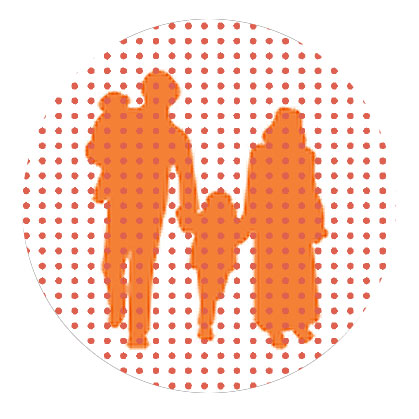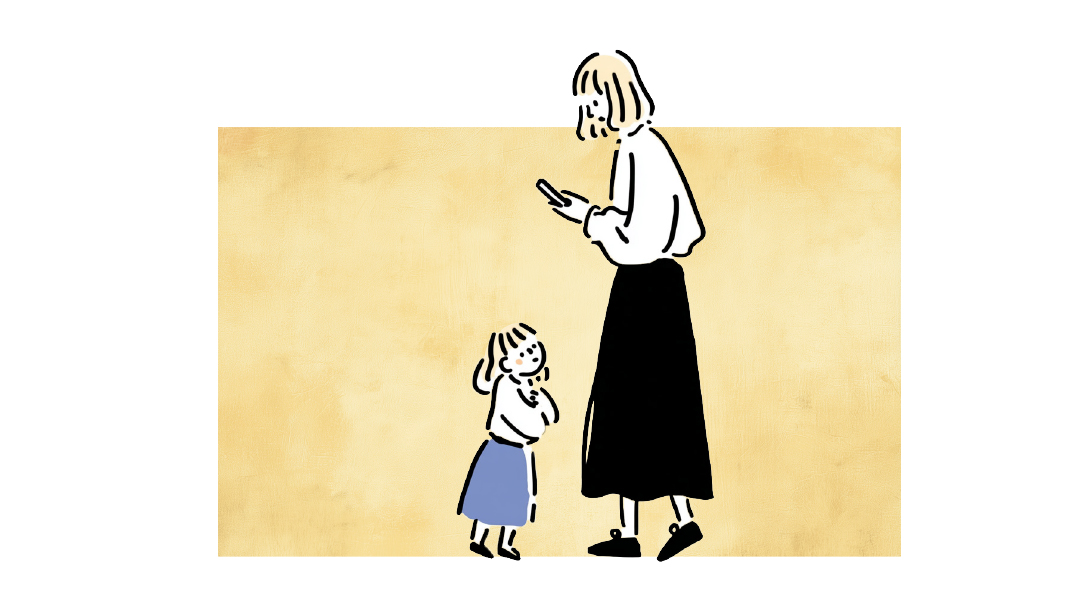Safe At Last

Even if we had a turbulent childhood, we can find peace

P
ersonality is the product of internal (inborn) factors, external (life) factors, and free will (the individual’s response to both).
For instance, a person born with a hot temper and raised by hot-tempered parents may decide to do whatever is necessary to curb that temper and become a calmer human being. Or a person born with a timid nature but raised in a family of outgoing activists may develop an inferiority complex, while her equally timid-by-nature cousin, born into a family of quiet intellectuals, becomes an accomplished academic. Genes, family, and choices all have an impact on who we ultimately become.
Optimum Unfolding
Parents can intentionally create an environment that allows for the optimal unfolding of a child’s personality. A safe and loving home brings out the best in a child regardless of inborn nature. Therefore, even a child with an inherently challenging personality (think ADHD, ODD, anxious, explosive) will do better when raised by emotionally regulated and caring adults.
On the other hand, that same child, when raised in a high-conflict home, is more likely to have a compromised developmental outcome. Even a child blessed with an even-keeled temperament can be traumatized into a state of permanent dysregulation.
When parents frequently fight with each other or routinely yell at their kids, a child’s nervous system goes into a state of high alert — and stays there. The child’s brain and body receive chronic doses of stress chemistry as the sympathetic nervous system produces a protective, constant state of vigilance. Over time, the overactive defense system wears down the internal organs, bringing a host of physical and emotional symptoms like sleep disorders, nightmares, panic attacks, and depression.
Even when the child finally leaves home, effects are often enduring. Irritability, defensiveness, anxiety, and stress become part of the fabric of the person’s being, posing challenges throughout adulthood.
Calming the Nervous System
Fortunately, there is a way to heal a frazzled nervous system. One resource Hashem has provided recently is the “Polyvagal Theory,” put forward by Dr. Stephen Porges. Polyvagal Theory posits that there are three main branches of our autonomic nervous system: the ventral vagal system, the sympathetic nervous system, and the dorsal vagal system. When the ventral vagal system is active, we feel calm, safe, steady, and ready to socially engage. When the sympathetic nervous system is active, we have surges of energy that provide motivation, drive, and protection — all the way up to and including the fight-or-flight response that readies us to survive a physical threat. When the dorsal vagal system is engaged, we have exhausted our energies and now move into a shut down, depressed, passive, restorative state of being, conserving energy and reducing threat through withdrawal.
Depending on our genes, environmental history, and free will, we may find ourselves more frequently in one of these states than the other two (feeling unusually calm or unusually anxious or unusually unmotivated). However, both the sympathetic (alarm) system and dorsal vagal (restorative) system are only healthy for us in the short term, interfering with our healthy functioning when over-employed. Accordingly, it’s helpful to learn how to switch to the safety and openness of ventral vagal dominance.
One way to do this is to use the power of consciousness. Throughout each day, it’s natural for us to mindlessly experience moments that are safe and pleasurable. Since the experience is mindless, it doesn’t impact the functioning of our nervous system. Becoming conscious (aware, mindful) of good moments changes this dramatically. Consciousness moves the lived experience into the nervous system. With repetition, the conscious experience then has the power to provoke a more consistent ventral vagal state, with all of its emotional and physical rewards. The nervous system finally heals.
For example, one can become conscious (take a moment to focus attention upon) the good (safe, comfortable, relaxed) feeling of reading in one’s favorite chair (or talking to a particularly safe person, or walking along a favorite road, or relaxing in one’s cuddliest robe, etc.). Notice the physical and emotional qualities of the pleasant experience and identify it as a “ventral vagal moment.” Now look for such moments, places, people, and activities throughout each day, registering each as a “ventral vagal moment.” Eventually, your adult nervous system will recognize the life you’ve created for yourself as safe and respond appropriately. You’ll finally have left the past behind.
(Originally featured in Family First, Issue 798)
Oops! We could not locate your form.




